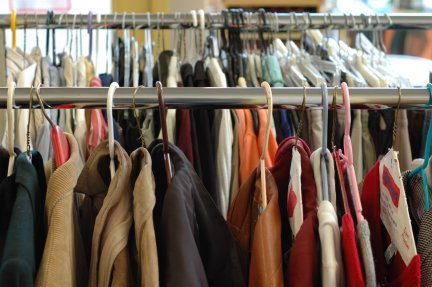Hi! My name is Tolly and I am a climbing guide at KISC. That means that I work in the Programme department and run the climbing activities as well as helping out in general, not only in the programme department, but in any department. My arrival at KISC was my first time being in Kandersteg, and I was blown away by the tremendous landscape and welcoming smiles, but also the sheer punctuality of transport services. On my days off I have taken advantage of these transport services, but in doing so, have been made aware of the effect of transport on the environment.
There is quite a significant difference in the availability of public transport between where I live in Ireland, and Kandersteg in Switzerland. Where I live in Ireland we have a bus service operating at odd hours and that is about it, but in Kandersteg there is both a regular bus service and a train station.
Take a look at this small table to get an idea of the grams of CO2 (a particularly bad pollutant) per mile for a few differently sized cars.
Fact: Trains are 3 times more energy efficient as cars, and 6 times more energy efficient than planes on a per-passenger-mile basis.
Ireland’s CO2 emissions for transport last year (2015) was 13 million tonnes, and Switzerland’s was slightly higher at 16.4 million tonnes. However, Switzerland's population is nearly 8.1 million people, compared to Ireland's population of 4.6 million people. This means that the average Irish person produces 2.829 tonnes of CO2, over 40% more than the average Swiss person. That is quite a significant difference. One of the reasons for this is due to the increased access to and use of public transport in Switzerland. Another reason is how Switzerland generates it's electricity - see some of our other blog posts for more information on that!
So next time you are considering going somewhere, don’t just think of the cost, think of the environmental impact. By sharing cars or taking public transport, you can make a big difference.
Tolly (IE)







